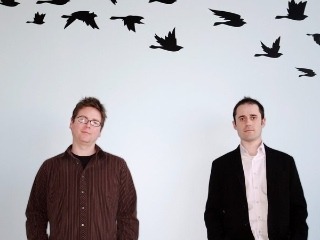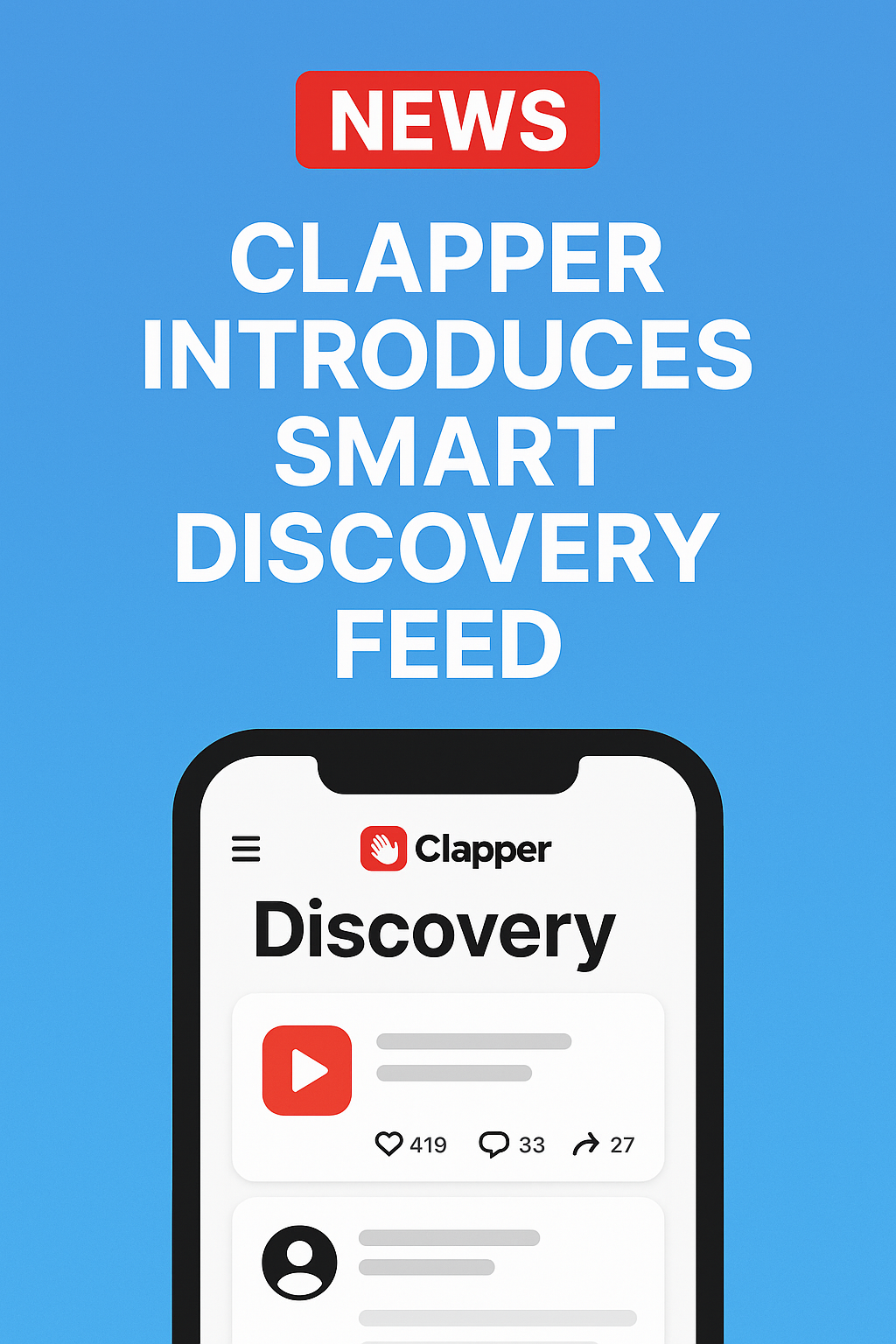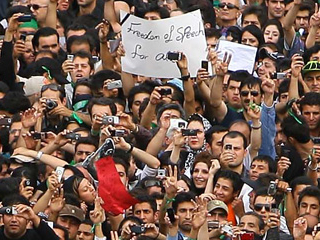
Twitter founders Biz Stone and Evan Williams sat down Monday night for an hour-long fireside chat in downtown San Francisco to answer all kinds of question about their company. The all-things-Twitter event was curated by The Commonwealth Club’s Inforum, a weekly young audience-oriented forum that brings in accomplished politicians, businesspeople, and the like to share their thoughts and insights.
Easily one of the most popular microblogging sites on the Web, Twitter has over 160 million users and its founders both seem pretty confident it will someday reach one billion. Launched in 2006, the San Francisco-based startup now employs 300 people who work primarily under the guidance of newly-named CEO Dick Costolo, co-founder Biz Stone, and head of product strategy Evan Williams.
Here are key take-aways from the conversation with Stone and Williams, who firmly believe they’ve created the world’s easiest publishing system. Questions were fielded by Brad Stone of Business Week.
#newtwitter
The Twitter redesign (hashtag #newtwitter on the site) was created to make everything faster and easier, said Williams, who spearheaded the project and oversaw its public implementation in his final weeks as CEO. Instead of having to leave the main Twitter site all the time, you can now view a photo or video in the right-hand pane. With so much information available on Twitter (almost a hundred million tweets per day), #newtwitter preserves the simplicity of the timeline while delivering all that content.
Williams admitted that he was at first nervous about showing Stone the redesign since it incorporated a bunch of “extra stuff,” to which Stone quickly interjected, “I love extra stuff!”
Changing a service as big as Twitter is always hard, Williams humbly acknowledged, in regard to user reception. He happily reported that, on Twitter at least, many users responded favorably to the #newtwitter and that there has not been “a single protest group” (a poke at Facebook).
140
Asked about the 140-character limit imposed by Twitter on each tweet, Stone explained that the limitation is not an artificial one. As many people know, the microblogging site was originally designed to work seamlessly with the most rudimentary mobile device, which ordinarily limits text messages to 160 characters. (Twitter cut that down to 140 to make room for the user name.)
Though in recent years smartphone usage has spiked in the United States, Europe, and elsewhere, millions of people around the world still only have access to basic cell phones. And Twitter is committed to lending its platform to voices worldwide.
Beyond the technical limitations of SMS devices, Williams said he has observed “all kinds of unexpected benefits” from the 140-character limit, not the least of which was the well-known fact that restraint can inspire creativity. Comedian Conan O’Brien told Williams, for example, that his team often worked very hard to skim a joke down to 140 characters or less. In the end, though, they felt they had produced a better joke.
Another benefit of the small tweet space is that it lowers the barrier for creating content. It’s much more daunting to have an unlimited space to fill with a blog post than a tiny space to fill with a tweet.
The revolution was tweeted
Discussion next turned to a Malcolm Gladwell piece published last week in The New Yorker entitled, Small Change: Why the revolution will not be tweeted, which analyzes and largely dismisses recent claims that social media sites like Facebook and Twitter will prove instrumental in fostering activism and bringing about real social change in the world.
B efore defending Twitter, Stone told the audience that he agreed with Gladwell in that strong ties, real friends, and an organized hierarchical structure are essential tools in effecting real, meaningful social change. He agrees that “forwarding an email is not the same as high-risk activism,” the kind where one’s life is endangered.
efore defending Twitter, Stone told the audience that he agreed with Gladwell in that strong ties, real friends, and an organized hierarchical structure are essential tools in effecting real, meaningful social change. He agrees that “forwarding an email is not the same as high-risk activism,” the kind where one’s life is endangered.
At the same time, however, Stone thinks it “absurd to see [a site like Twitter as] not complementary to real change.” Any tool that provides another avenue for easy communication–email, Twitter, etc.–will always play a part in connecting people and spreading ideas.
“When it really comes down to it, it’s not going to be technology that’s going to be the agent of change,” Stone humbly admitted. “It’s going to be people; it’s going to be humanity. We’re here to create and foster something that enables it.”
William was a little more critical of Gladwell, calling his argument “laughable” and “entertaining but kind of pointless.”
“Anyone who’s claiming that sending a tweet by itself is activism, that’s ludicrous,” he said.
While Twitter’s effect on the ground in Iran may have been exaggerated by reports in the media, Williams argued that, by virtue of being the site’s top trending topic in 2009, #iranelection at the very least created a meaningful conversation and probably made many people aware of what was going on.
Stone wrapped up the topic with this little gem (a final jab at Gladwell): “I don’t know if the Iranian unrest was technically a revolution, but it was definitely tweeted.”
Promoted Products
Both Stone and Williams seemed pretty optimistic about the recent launch of Promoted Products–paid tweets that get pushed to the top of search results, paid trends pushed to the top of trend lists, and paid accounts that users are suggested to follow–as a monetization  solution for Twitter. Wherever these products appear on the site, they are always clearly marked as “Promoted,” so that the user knows it’s paid advertising.
solution for Twitter. Wherever these products appear on the site, they are always clearly marked as “Promoted,” so that the user knows it’s paid advertising.
Promoted Products, instead of alienating or annoying the user, are meant to cater the user’s own interests. A user will only see Xbox in their “Who to Follow” list, for example, if they already follow more than a handful of video game-related accounts. Twitter regularly uses “resonance algorithms” to ensure users are reacting positively to Promoted Products.
Though Twitter is focusing on selling advertising to big brands at the moment, smaller businesses have already managed to use the site (as a free service) to market themselves. It just takes some creativity. Williams referred to a bakery in New York City that tweets when the cookies are fresh out of the oven so that its followers can drop by the business at just the right time.
Other key points
–”Many [celebrities] see [Twitter] as a liberating medium to truly represent themselves for the first time,” explained Williams, referring to the popularity of the site with stars as diverse as Courtney Love, Kanye West, and Ashton Kutcher. “[They feel] ‘I’ve been perceived as this bad guy and now I can change that with my own voice.”
–Asked whether Twitter would ever consider paying popular or prolific tweeters, Williams responded with a challenge: Name another service that makes it as easy as Twitter to instantly broadcast to millions of users for free.
–”We take a very liberal stance,” said Williams concerning censorship on Twitter. “[We] always air on the side of freedom of expression. It means we do allow a lot of things people would consider hate speech or harassment but we firmly believe that getting into moderating disagreements or making judgments” is not advantageous. The only blatantly disallowed tweets: threats of violence with specificity, child pornography, and copyright infringment.
–Returning to the activism/journalism topic, Stone said, ”We’re good at breaking news, but we don’t provide the rest of the story. Twitter is an information network to discover what’s happening in the world and to augment journalism.” The site will tell you that an earthquake just struck China, for example, but it won’t say how it relates to other recent quakes in the area or how the quakes affect the local economy.
–As for why he stepped down as CEO, Williams repeated statements he’s made in previous weeks. He started out as co-founder and board member, a year later became chief product officer, six months later took on the CEO position, but has now realized that he wants to focus his efforts on product.
“Demands for the CEO are more about operational efficiency and management skills, which [former COO] Dick [Costolo] is better at.”
–Asked by an audience member about Twitter’s plans for China, Stone replied sarcastically, “Twitter is about the broad exchange of information and we get the sense that that’s not the exact China sentiment.”
Williams concurred and added, “China’s very big but there’s lots to do in the rest of the world.”
image source: http://media.washtimes.com/media/image/2009/04/13/20090412-195940-pic-516338393_s640x660.jpg?ba353693b8feac695fbb505f290c2346a7aee5ad


















